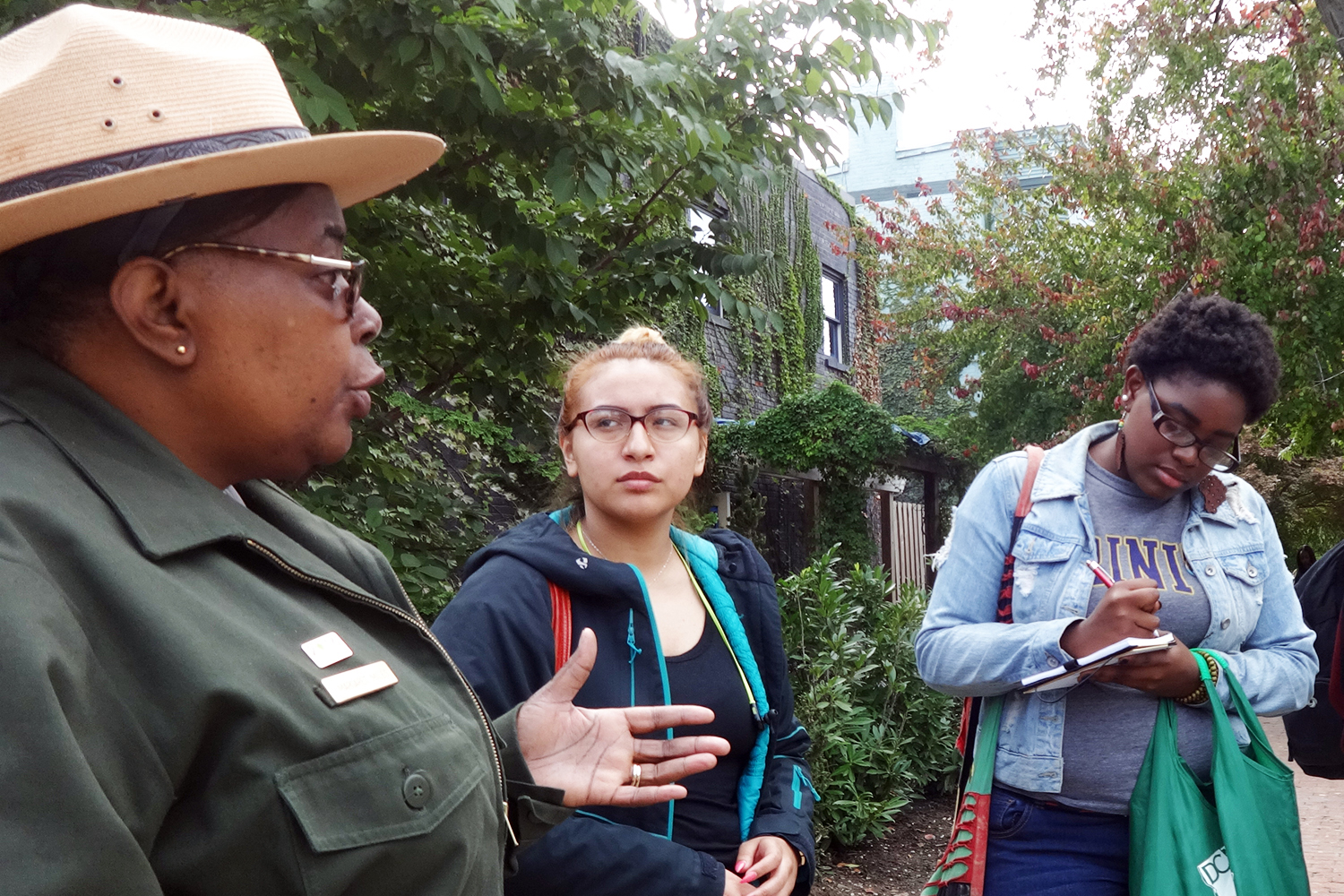1. Program Support and Management
If possible, the Youth Summit should receive year-round program support through a managed website and point of contact. Ideally, the lead partner would take responsibility for this. Such an arrangement would help ensure a year round robust communication portal for youth and Summit partners. This year round web presence supports follow up with recommendations, engages in recruitment, motivates youth to be further involved, and can aid with funding and advocacy.
The other year round program support and management need consists of database management to maintain contacts for communication, to serve as a conduit for information, to distribute and post Summit recommendations, and share future Summit information.
2. Communications Plan
It is important to develop a strategic communications plan as part of the Youth Summit planning process, as this not only enhances the mission, but also strengthens the overall brand of the Youth Summit.There are five core audiences to target for each Summit:
-
Local communities
-
Archeology, preservation, tourism, and public lands experts and staff
-
Elected officials and community leaders
-
Students and their families
-
Educators and mentors
The messages that are delivered during each Summit adjust to reflect the goals/mission of each Summit. However, three points are always woven in.
- Participants of the Youth Summit are consultants - their voices matter
- Youth Summits engage in 21st century learning
- Youth Summits help prepare students for the most important job they will ever have, the role of citizen.
Carefully consider the most effective delivery methods for reaching different target audiences. Before the first Youth Summit, identify your key spokespeople: your community liaison; member of your staff; someone from your granting agency, if applicable; and at least one leader from a host partner. Gather quotes from them to use as sound bites for press releases. During the Summit, identify at least three youth who can be added to the spokesperson list.
3. Outreach, Media, and Public Relations
Outreach and public relations for the Summit have a variety of associated purposes, goals, and methods, which generally are more modest than those used for a business. In developing publicity materials and outreach information, and when distributing follow-up materials and reports, consider the following:
-
Identify the urgency of need, problem, or challenge; address how to evaluate or study that need
-
Communicate the reasons that the issues in the program are important and to whom
-
Demonstrate unique quality of treating students as consultants
-
Raise awareness of issues and the program in general
-
Provide information about how students stay involved year-round
-
Increase knowledge of important historic places or properties and associated cultures
-
Highlight existing applicable national, regional, state, or local efforts to advance the understanding of culture or history
-
Share the successes of participants and partners
-
Thank sponsors and donors
-
Consider how beneficial to recruitment
-
Detail how outcomes will be shared with local and state governmental representatives
4. Social Media
Social media can be a critical form of communication for both Summit participants and Summit followers. Parents and students alike will post and follow Twitter, Tumblr, Facebook, and blog posts. Be aware that in rural areas internet and mobile phone access can be intermittent or non-existent and plan accordingly. If possible, secure lodging that has internet access so that teams of students can blog or connect to the internet to share experiences. Build a following on your social networks leading up to the event and reminding people to follow the adventures and learning of the Summit as they unfold. This will help in the dissemination of your information throughout the Summit and then in follow-up.
5. Publicity
Publicity is critical not only before, but also after the event to promote lasting impact of the results. Consider sending email blasts and/ or hard-copy information, recommendations, and final reports to the following to maximize your follow-up impact. This also will connect you to partners more fully so that future summits can happen. Recipients can include:
- Local government officials
- State representatives and senators
- School districts and educational entities
- Media-print and online
- Sponsors
- Preservation organizations
- Tourism advocates
- Government agencies
6. Documenting and Recording the Event
Be sure to document the Youth Summit! Participants can either do this themselves or arrange to have it done professionally. Consider hiring a videographer or photographer to capture memories of the event for your sponsors, participants, and legislators. The photos and video taken at the event can illuminate the work of the participants through a slide show, PowerPoint, photo album, or movie. There are numerous free resources online which can help you create hardcover book, video, online scrapbook, or website and blog. Have participants share photos and stories throughout the event and after the event.
Document the event while it is happening. Have students Tweet and post to a Summit Facebook page, provide blog and journal entries to discuss and record, and share photographs of the event from their perspective. Take their words and images and share them with each other to celebrate accomplishments and remember the challenges and their action plans for success. Get quotes from students and use one-word “lead-in” on a topic to engage them in brainstorming on that topic. Butcher paper and markers are instant friends to a Youth Summit on a rainy day or a closing talk in the evening. Students can record what represented their day, questions they still have, or an action plan they will undertake.
Online resources can assist in documenting your work and many are free. Several are meant to be used with photos and some can generate movies. Educational accounts are free on most of the ones listed below. Successful ones include:www.facebook.com,www.twitter.com, www.tumblr.com, www.wallgreens.com,www.mixbook.com, www.prezi.com, www.snapfish.com,www.animodo.com, ,www.glogster.com. Blogging resources include: www.wordpress.com or www.blogspot.com.
Last updated: August 14, 2018

